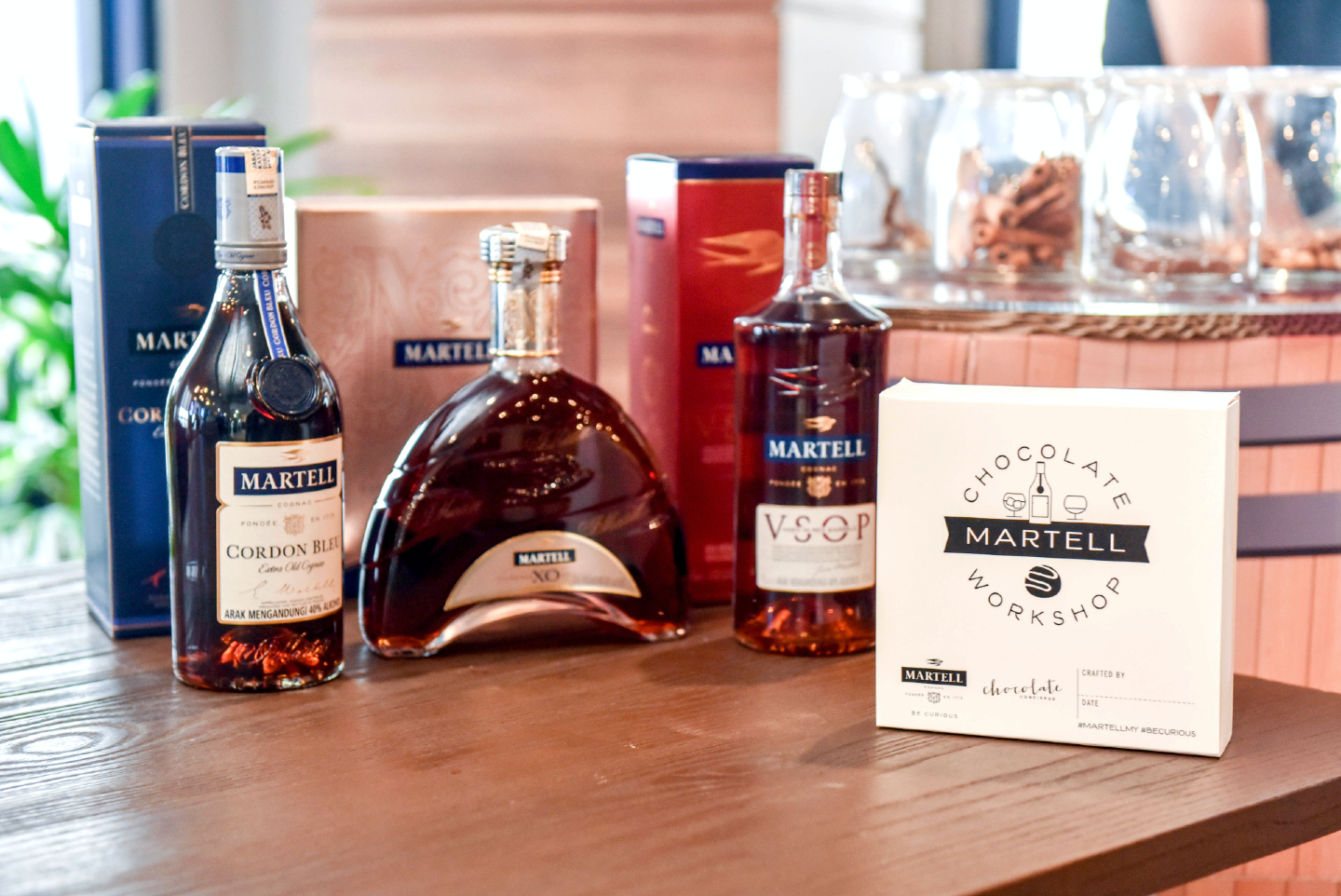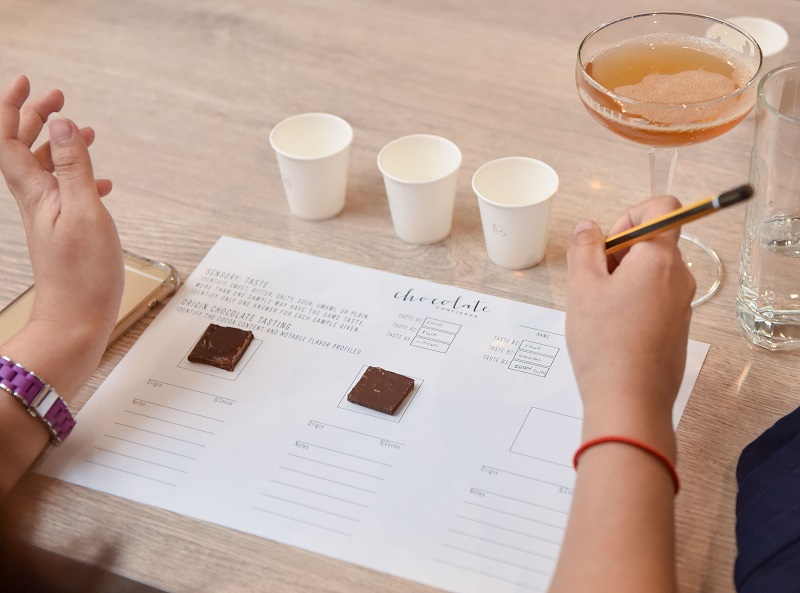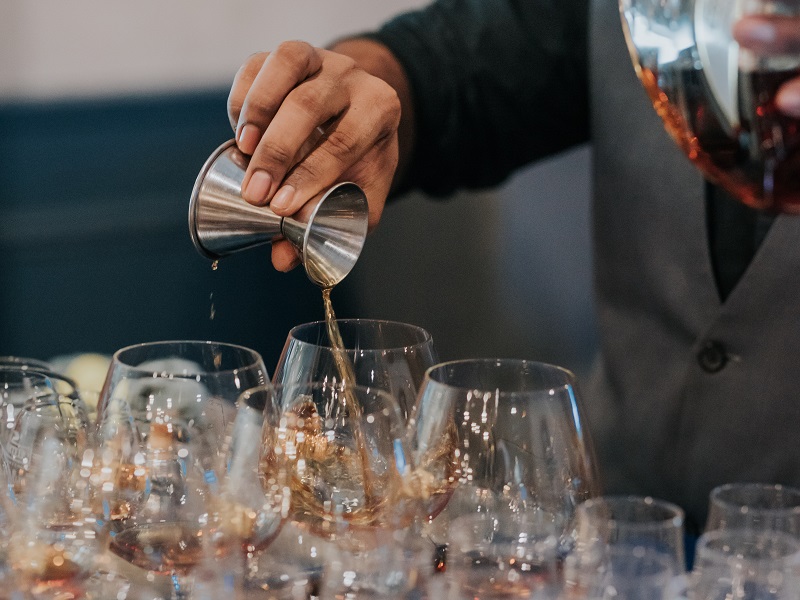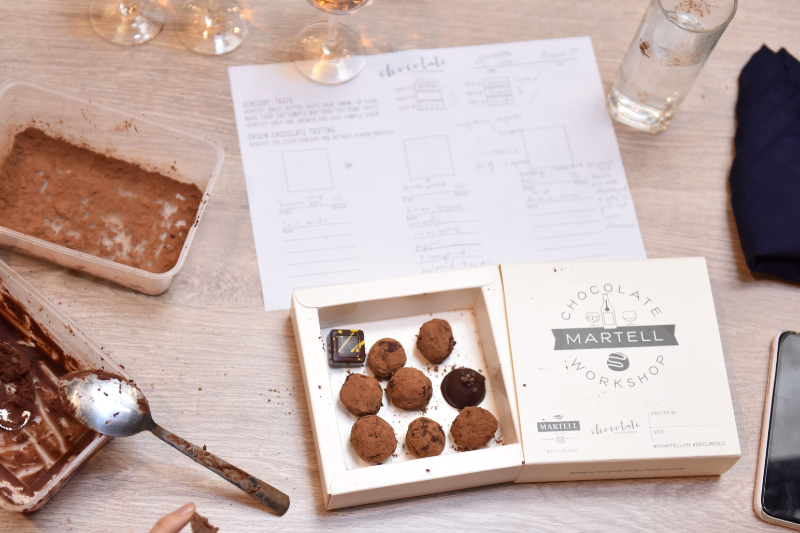
Martell and Chocolate Concierge are committed to creating quality, artisanal products (All photos: Martell MY)
In its 4,000-year history, chocolate has transformed from a form of currency akin to gold and silver to the favourite of all sweet-toothed, to be consumed as is or mixed in decadent desserts. Considered the “food of the gods”, cacao was transported from Mexico by conquerors and travellers to the rest of the world. It was brought to Malaysia by Dutch colonists about 180 years ago and has since thrived in our tropical climate.
Chocolate Concierge founder Ning Geng Ong told us more about this versatile ingredient at a Chocognac workshop created in partnership with the House of Martell. Similar to wine, the flavour of the cacao is dependent on the terroir — so everything from soil and terrain to the weather is important. Ning explained that each region, because of its diverse terroir, results in cacao with a unique flavour.
dsc_1602.jpg

After a brief introduction, the workshop kicked off with a blind tasting. Given three little cups marked A1, A2 and A3, we had to determine if the clear liquids tasted salty, sweet, bitter, sour, umami (savoury) or plain. The flavours were incredibly subtle, so most of us gave incorrect answers. We did a second round of tasting and only garnered slightly better results. Ning told us not to worry over our poor test scores as it said less about our ability and more about the practice required to fully grasp the subtleties of flavours.
Next up, we did a little chocolate tasting. Chocolate Concierge is a pioneer of Malaysia’s single-origin bean-to-bar movement and often works with Orang Asli families to source for and farm cacao. Three little squares were placed in front of us and we explored the intensity of the morsels, as well as the acidity and finish. Each piece was 70% cocoa but had very different origins. The cacao sourced by the Temuan tribal village had a medium intensity, low acidity and a nutty taste. The one from the Semai Orang Asli, whose land is 450m above sea level, had more acidity and a fruity flavour. Finally, the cacao from Batang Kali, grown in soil with more minerality, was acidic and fruity and had a longer, sour finish.
pernodricard_-_07.08.2019_259.jpg

Our task for the Chocognac workshop was to make Martell-infused chocolate truffles. Sleeves rolled up and with Ning’s guidance, we mixed 220g of chocolate with 40g of cognac and 40g of cream. My spirit of choice was the XO, as I felt the spicy flavour was well-suited to the fruity Semai chocolate. Blending the ingredients proved to be enough to cover one’s arm workout for the day.
dsc_1942.jpg

Once the mixture was well-blended, it was placed in a freezer for three to five minutes to firm up for the next stage. I would be lying if I said I did not sample the mix — and it was divine. Suitably gloved, we then formed the chocolate into little balls, dusted them in some cocoa powder and placed them in our take-home chocolate box.
Now to the best part of this interactive workshop: tasting. The combination of cognac and chocolate is a tale as old as time and the symphony of sumptuous flavours and richness is truly unique. Ning told us that the recommended cognac to cream ratio is 50:50, and while others tried 60:40, I felt that the suggested ratio had the perfect balance.
This article first appeared on Sept 9, 2019 in The Edge Malaysia.


